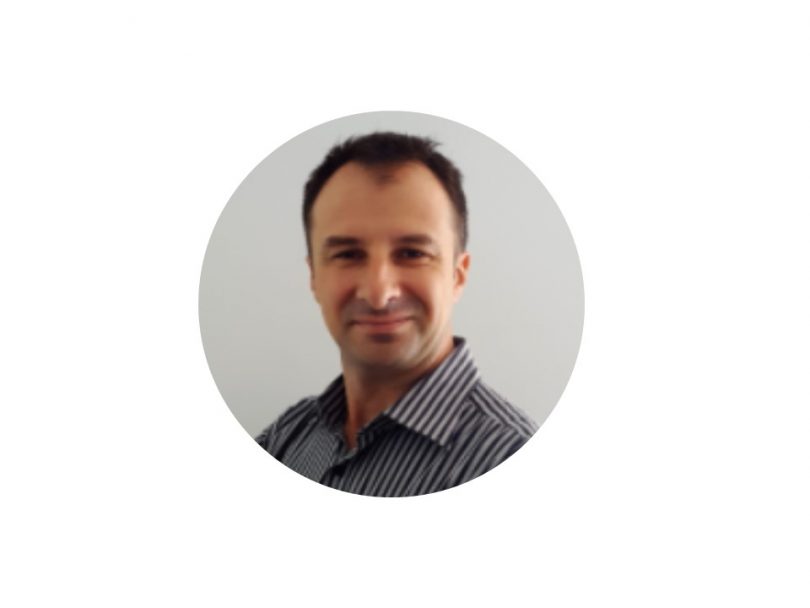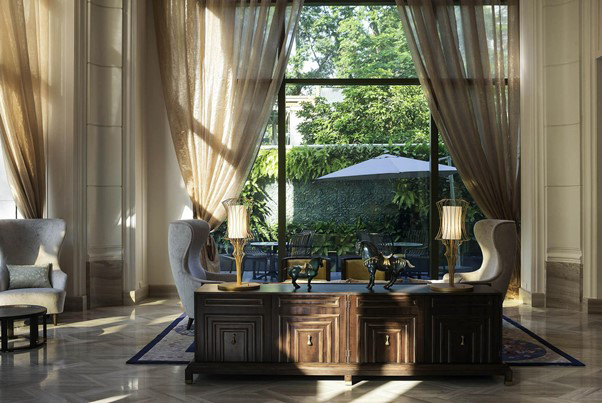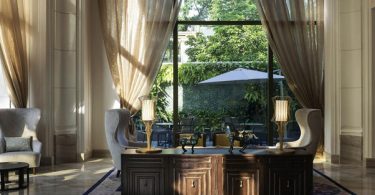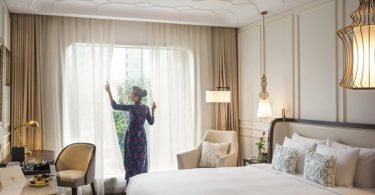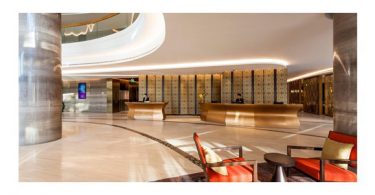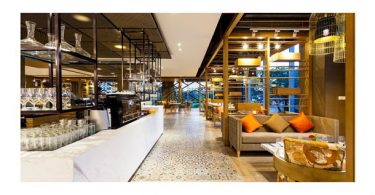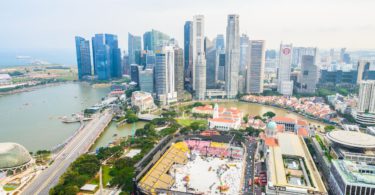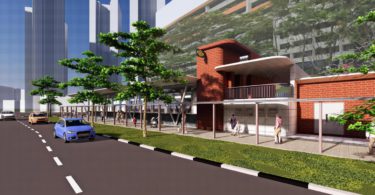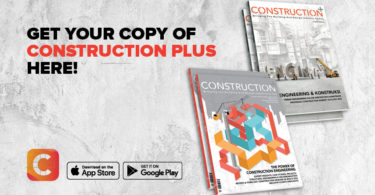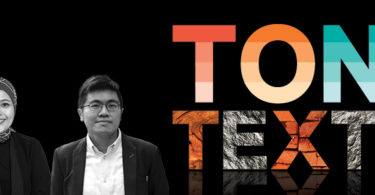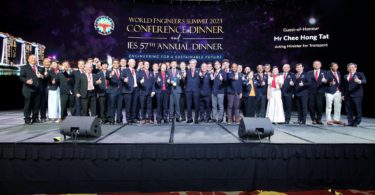Pascal Beaulieu is Associate Design Director of DWP. With more than 20 years of experience, Beaulieu has designed buildings in many typologies including hospitality, residential, workplace, banking, retail and mixed-use development. His notable projects include HAGL F&B Myanmar, J.W. Hotel Hanoi, Sheraton Saigon Hotel & Towers Renovation, Crowne Plaza Hanoi, Crowne Plaza Laos and many more. He shares some of this design experience with Construction+ and advised young designers to not only read textbooks, but also learn from their surroundings to keep their ‘eyes’ open.
BALANCING PURE IDEAS AND CLIENT’S NEEDS
“Interior designers are not artists. We work for clients with specific design needs apart from aesthetics consideration. A designer must listen to the needs in parallel with his/her own design ideas. A project will be successful if we can accommodate all functional aspects, cost concern and other client expectations together with the original design ideas. In addition, we must follow a strict progressive design programme from concept to detailing and follow a coherent timeline to come up with an effective design.”
PROJECT REQUIRING TECHNICAL EXPERTISE
“Hotel development needs more technical expertise as we must simultaneously consider different kind of facilities, from the lobby to the guest rooms, from the restaurants and bars to the spa and gym. All of these functions must be accommodated in the same building and designed coherently to conjure up the intended narrative and impression. Each project is special but if I have to choose one, I will pick the Lotte Bar Lounge in Seoul. The constraint was to fit a contemporary bar into an existing structure. It was a full design development project from the concept up to detailing where interior design played out on a full scale.”
STAYING CREATIVE
“We always need to think out of the box as we want to run away from routine. The fear is to be redundant and duplicate a project that we have already done. That’s what we have to avoid. Our clients don’t want to get a project like their neighbours’. This is a mindset we keep in any stage of the project. Creativity is needed not only during the design concept at an early stage, but also in the detailed drawing and even during construction.”
BEING FLEXIBLE
“We do not stick to the brief. When I say that we must listen to the client, we must be prepared for brief changes. Sometimes, there will be a gap of information that we must be able to pick up later on in the delivery. We should be able to take into account these changes while we are developing the project. Some clients, as they are not designers, change their mind as they figure out that the project is not as what they think initially. A client has the branding, the operation and the vision of the business. A designer must be attentive and sensitive to a client’s demand to produce the best outcomes.”
ADVICE FOR ASPIRING DESIGNERS
“The most important thing is to be curious about everything. As a designer we must take inspiration from various origins to nurture our creativity and create designs that reflect our own personality. Inspiration may come from movies, books, nature, personal references and so on. Don’t read only design books! We learn every day as designers even after over 20 years of experience. Keep your eyes open!”



